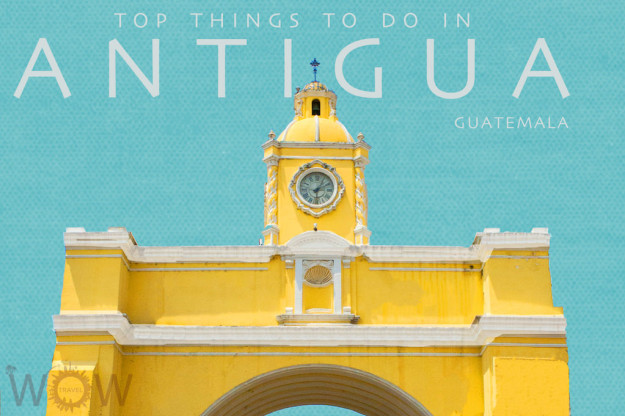The tapering isthmus of the southern part of North America makes up the area that defines Central America. This part of the world is rich in flora and fauna and forms part of the Mesoamerican biodiversity hotspot, accounting for 7% of the world’s biodiversity. However, rampant deforestation in the area has put 107 of the 300 species on the critically endangered list. Nevertheless, whatever still remains of the verdant forests will leave you spellbound, whether it be the evergreen cloud forests of Sierra de las Minas in Guatemala or the laurel forests of the Cordillera de Tilaran in Costa Rica. Central America’s strategic location also showcases the best of two beach worlds, one with the tranquil Caribbean vibe ideal for snorkeling and diving and the other a playground for surfers.
The seven countries that make up this region are culturally rich, having descended from one of the great civilizations of the world, that of the Mayans. The spectacular Maya ruins of lost temples and pyramids, to real-life carvings, can be witnessed in four of these Central American countries, Belize, Guatemala, Honduras and El Salvador. Spanish colonization left its mark on the region with 95.6% of the population practicing Christianity, and Spanish being the official language of most of these nations. Belize is the only country where English is the official language. Over 20 Mayan languages are also spoken here.
Located in the central highlands of Guatemala with charming old buildings, crumbling cathedrals, cobblestone streets, colorful palettes, bustling markets and buzzing cafes, Antigua is the last true Colonial City remaining in Latin America. It was once the glamorous capital of Guatemala before it was largely destroyed by an earthquake in 1773, left it mostly abandoned. Now the ruins…

